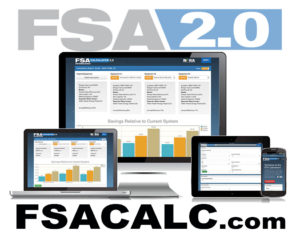The National Oilheat Research Alliance (NORA) has released the new version of its Fuel Savings Analysis Calculator, which uses test data on oil-fired boilers to demonstrate the value of equipment upgrades with consumer-friendly metrics.
This powerful sales tool shows homeowners
the real possibilities for fuel savings when upgrading their oil-fired boiler or combination hot water systems.
The FSA Calculator 2.0 shows NORA’s commitment to energy efficiency,” said NORA President John Huber. “It provides a vital tool for PCs, tablets and smartphones that expresses the true savings potential of new oil-fired boilers and combination heat/hot water systems.”
FSA 2.0 is designed with a simple, clean interface in a responsive design that resizes automatically based on device type.
To get started with the new calculator, individuals and/or companies register with NORA (individual accounts can be linked under a single company). The user indicates where they are located and the FSA 2.0 will use localized degree-day data in its calculations. Each user logs in to a dashboard where they can view the audits they have done previously and add comments to them.
Audits can be viewed in basic or advanced mode, which determines the level of detail in the displayed information. In basic view, the display offers a simple expression of how much money can be saved with each replacement equipment type in four increments: five years, 10 years, 15 years and 20 years. Users can compare up to three new equipment types at a time.
Users can prepare and revise audits using oil prices that they select. Users can also select from a variety of preloaded equipment types to find the one that best matches the customer’s current equipment, or they can enter basic, easy-to-find information to profile the system. They can also adjust the location for precise degree-day data and profile the customer’s house size using the number of rooms.


